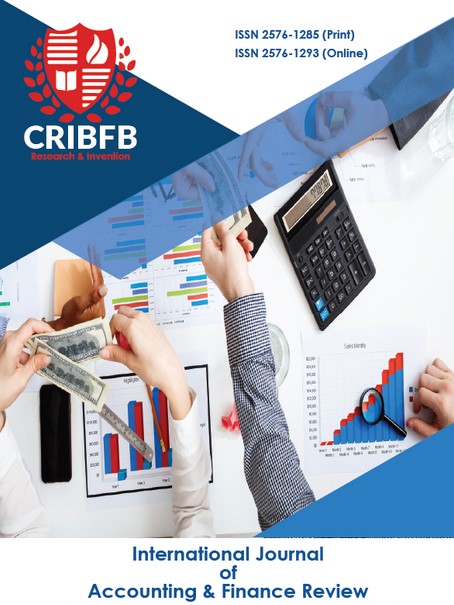DO PERSONALITY TRAITS PREDICT BIASEDNESS WHILE MAKING INVESTMENT DECISIONS?
Main Article Content
Abstract
The Investors’ rationality assumption of traditional finance theories has long been contested by behavioural finance over the past few decades. Various non-financial factors, responsible for shaping investors’ behaviour, including individual personality characteristics and the social environments surrounding the decisions to be made, have emerged in recent studies. With the advancement of behavioural finance, it is important to recuperate our understanding of how an individual’s personality make-up influences her susceptibility towards behavioural biases while making investment decisions. In this study, we explore the effect of the five personality traits on select behavioural biases (overconfidence, disposition and herding) in financial decision-making. A questionnaire comprising measures of personality traits, overconfidence and herding along with demographic variables was circulated to a representative sample (n=251) of Indian investors. Our findings suggest a significant impact of personality traits on the vulnerability of individuals while making investment decisions. Extrovert investors are more balanced, not overconfident, and do not follow the herd. Openness, extroversion, and agreeableness negatively impact the susceptibility of investors towards overconfidence and herding. The results can be used by financial advisors to develop personality specific financial tools to customise to the requirements of their clients.
JEL Classification Codes: D14, D90, D91, G11.




